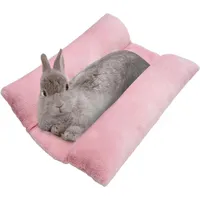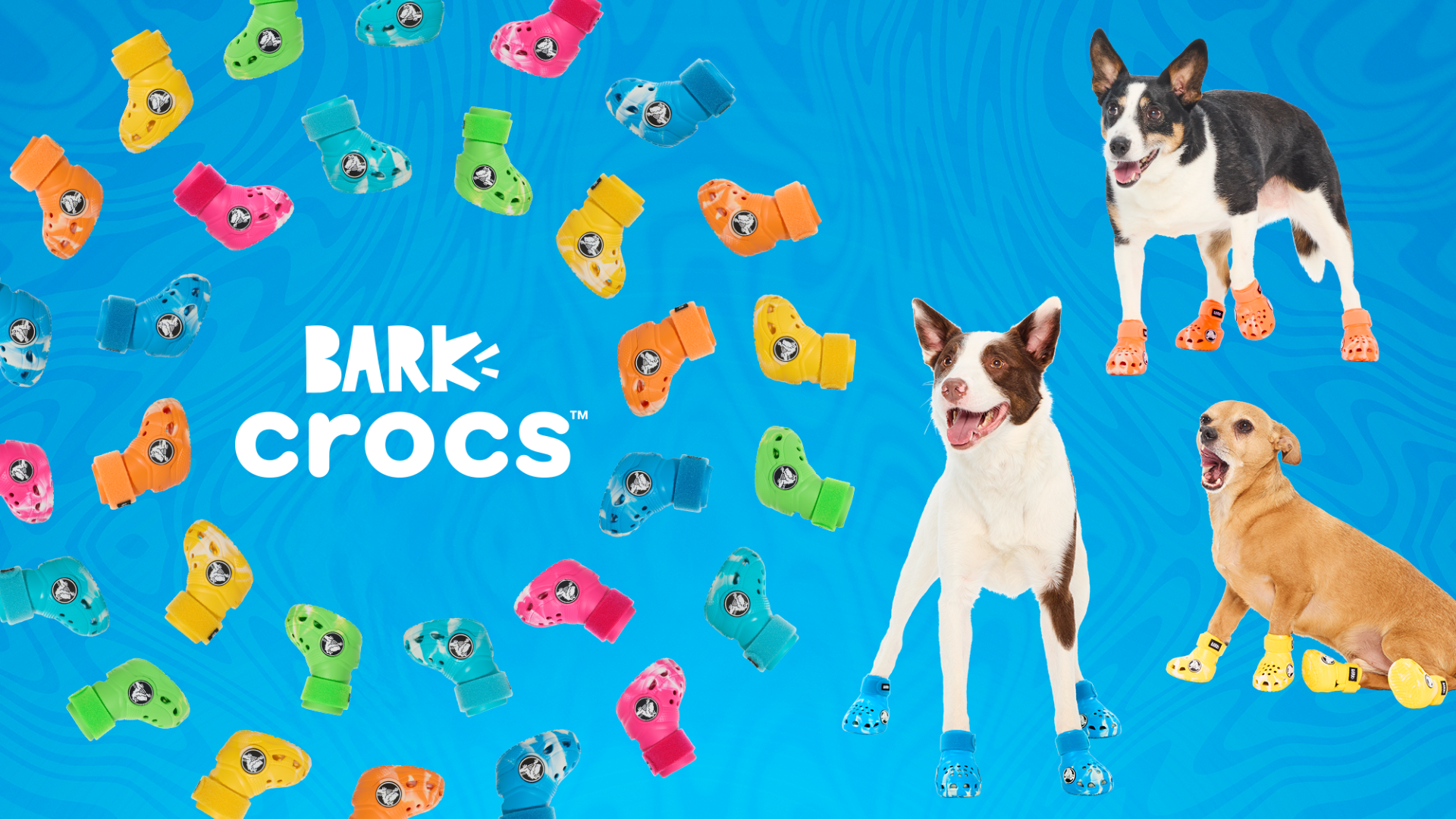Best bedding for rabbits 2025 to ensure comfort and warmth all day long
Discover the best bedding for rabbits and keep your bunnies safe and warm
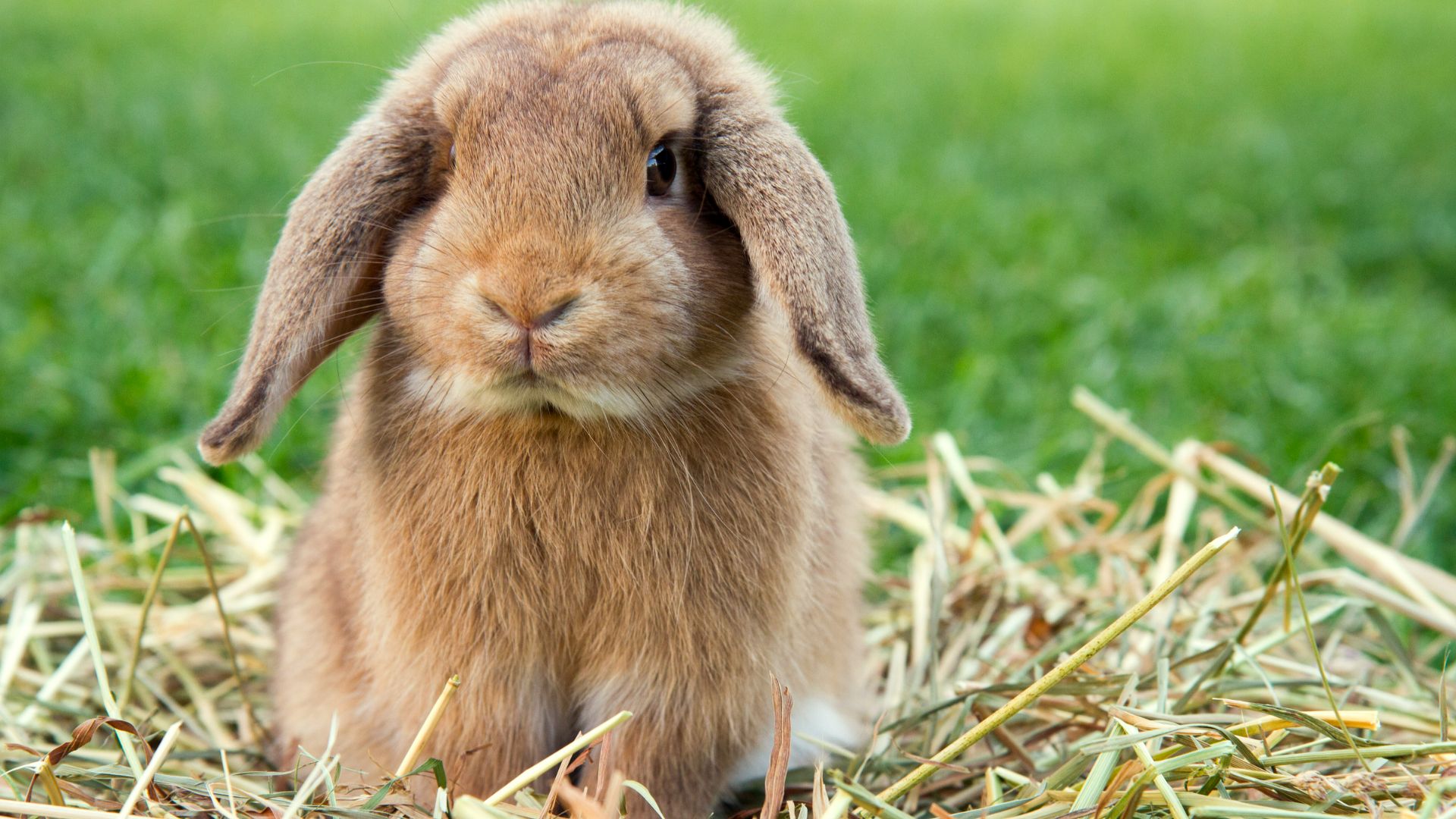
Looking for the best bedding for rabbits is, in some ways, on a par with searching for a lovely, comfortable bed for yourself. With a safe, clean layer beneath their delicate bodies, rabbits will feel less stressed. They will also find themselves living in a hygienic environment where pee and poo is absorbed and kept away from their skin. As a consequence, they’ll lead healthier lives.
But finding the best bedding for rabbits isn’t easy. There are lots of products made from a range of different materials and some are sure to be more suitable than others. Indeed, you may find that some bedding can be dusty, which can lead to upper respiratory infections. Opt for hay, straw, aspen shavings, paper and blankets, however, and you generally can’t go wrong.
One thing’s for sure, though, you will need to buy something whether that’s for one of the best indoor rabbit enclosures or the best outdoor rabbit hutches.
“All rabbits need bedding, including those that live indoors,” affirms expert vet Dr Rebecca MacMillan “Bedding allows rabbits to feel cozy and secure and outdoor rabbits also need bedding in order to provide warmth, especially in the winter months.”
In some ways, your decision may depend on whether you know how to clean a rabbit cage or how to litter train a rabbit but let’s take a look at some of the best bedding for rabbits, checking out the suitability of the materials and how well they stand up to continued use.
The best bedding for rabbits 2025
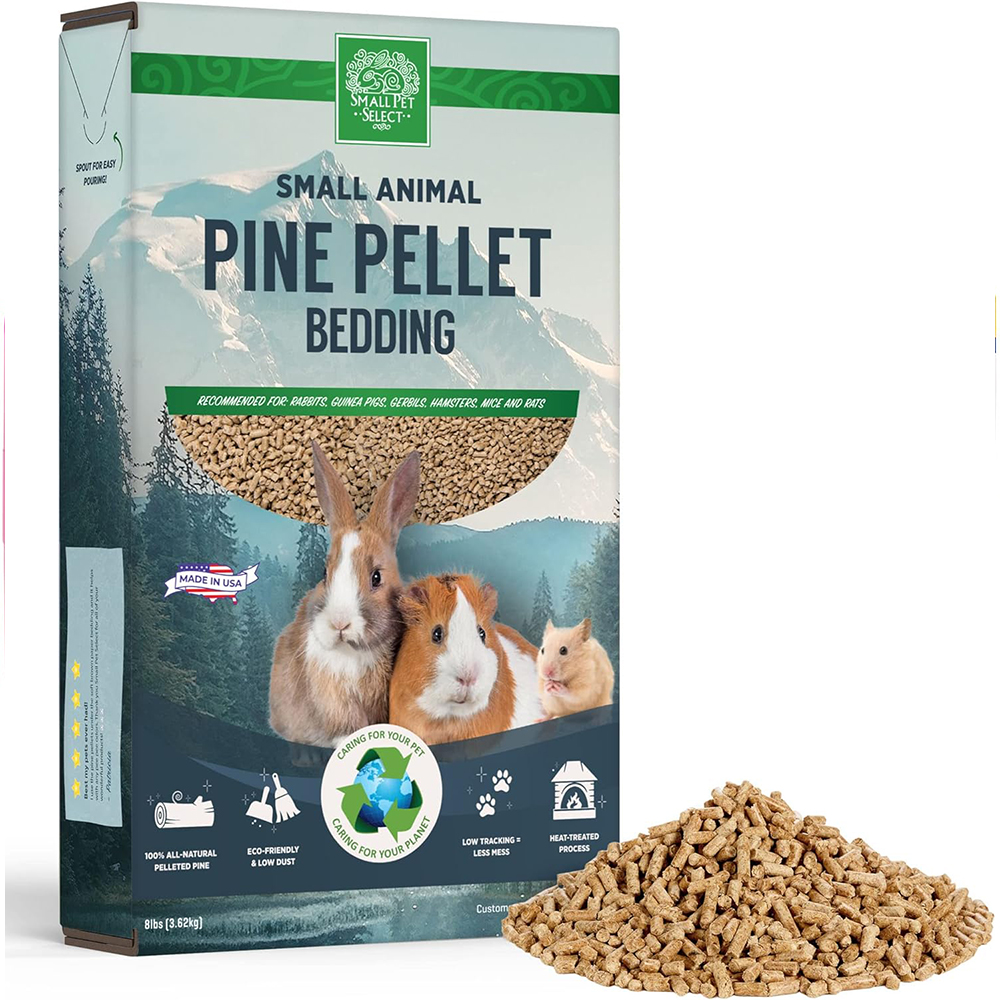
Best overall rabbit bedding
These heat-treated, 100% all-natural pine pellets have been created by a small family-owned business with rabbits in mind. So long as your pet doesn’t have fragile paws, you’ll find the bedding to be super-absorbent thanks to its high-density and, since it oozes a natural virgin pine smell, it will help to control odor too.
We like how eco-friendly this product is. Aside from being recyclable and compostable, it’s free of additives and irritants and contains none of the toxins that may seep into wood stove pellets. It’s also low dust and easy to work with. You can spot cleanup which avoids having to replace everything time after time and the pellets will disintegrate when wet.
Rabbit owners certainly seem to like it, considering the bedding to be great value for money. They also find that the pine smell isn’t overpowering and say rabbits won’t try to eat the pellets which should give you extra peace of mind.
Reasons to buy: The pellets control odor, easily break down without becoming sludgy and are totally safe for your bunnies. They can be composted after use as well.
Reasons to avoid: Don’t use this product if your rabbit has sore paws because it could cause discomfort.
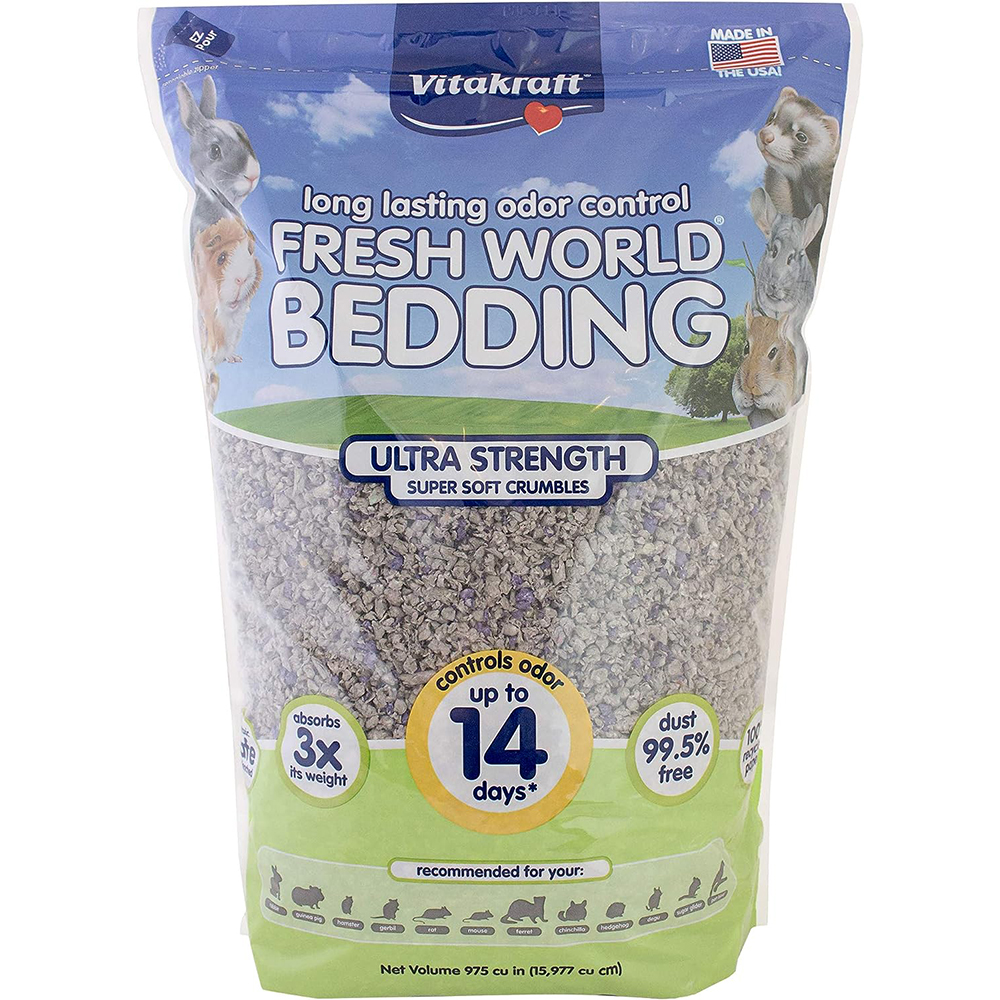
Best paper-based bedding
Paper-based bedding is popular among rabbit owners because it’s clean, safe and great for the environment – after all it’s generally made from recycled paper. As Vitakraft proves, paper bedding can also be super soft and mega absorbent. Lay this down for your bunny and you’ll find that it’ll absorb three times its weight, ensuring your pet will always feel comfortable.
Just as importantly, this bedding will also provide comfort for you. Designed to control odor for up to 14 days, it contains natural ingredients which neutralize ammonia. It’s also 99.5% dust free so you don’t need to clean up often and you needn’t worry about your pet developing respiratory problems either.
When you’ve finished with the bedding, you can simply throw it away knowing it’s biodegradable and compostable. To that end, it comes highly recommended, with many buyers backing the manufacturer’s claims and reporting some very happy bunnies.
Reasons to buy: Soft and long-lasting, this environmentally-friendly litter will keep smells at bay.
Reasons to avoid: It’ll only remain odor-free if you keep on top of the spot cleaning of any soiled bedding.
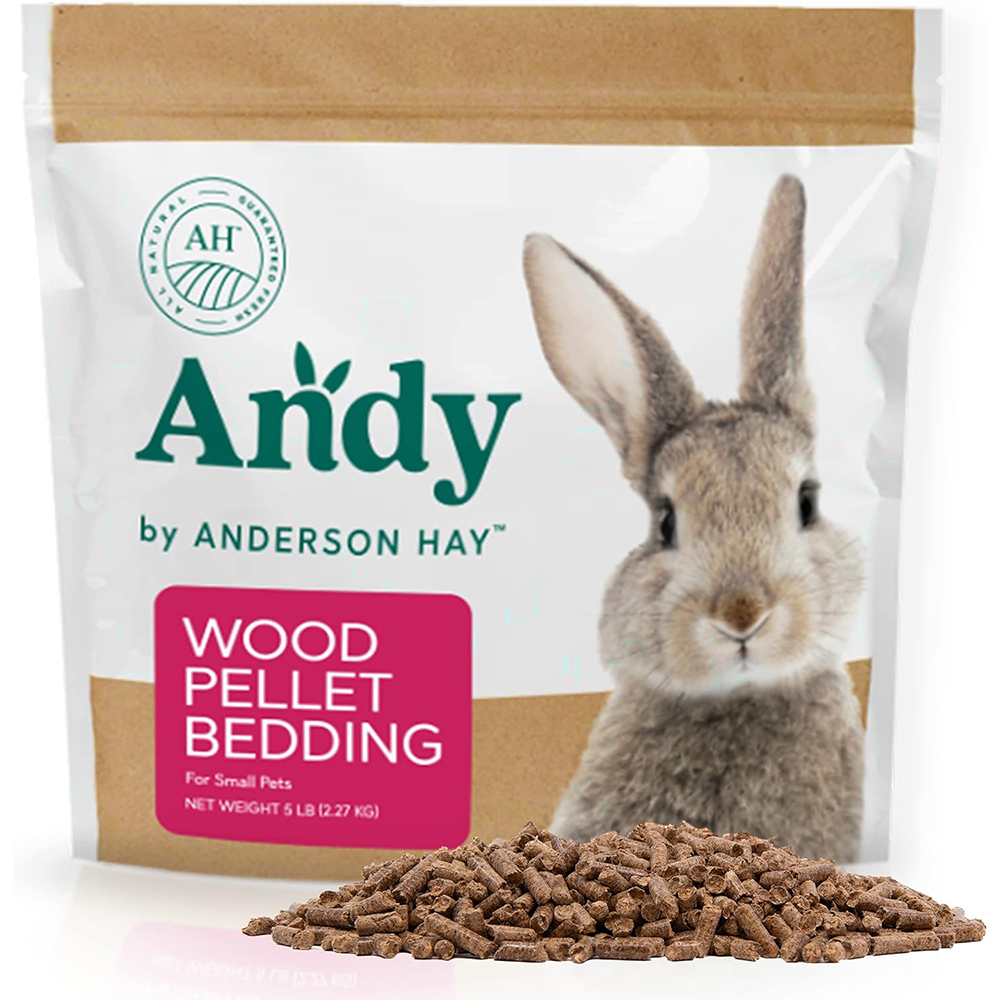
Best dust-free bedding
These kiln-dried wood pellets have been made in the US from locally-sourced biomass and they don’t contain any binders or chemical additives. Dust-free and able to absorb up to four times their weight, they are specifically aimed at controlling odor while also ensuring that you’re not to spend too much of your time changing the bedding.
Since they are mold and bacteria resistant, these pellets are entirely safe and they’re kind to the environment as well since they are compostable and recyclable. You can buy them in different-sized bags – the greater the quantity, the greater the value – and we’re happy to report that rabbit owners say they do a tremendous job. They don’t clump, don’t stink and they break down quickly.
Reasons to buy: Wood pellets are great for rabbits so go for these if you want to reduce smells and provide comfort.
Reasons to avoid: Some buyers say the wood pellets turn to powder when they are wet and this could prove messy.
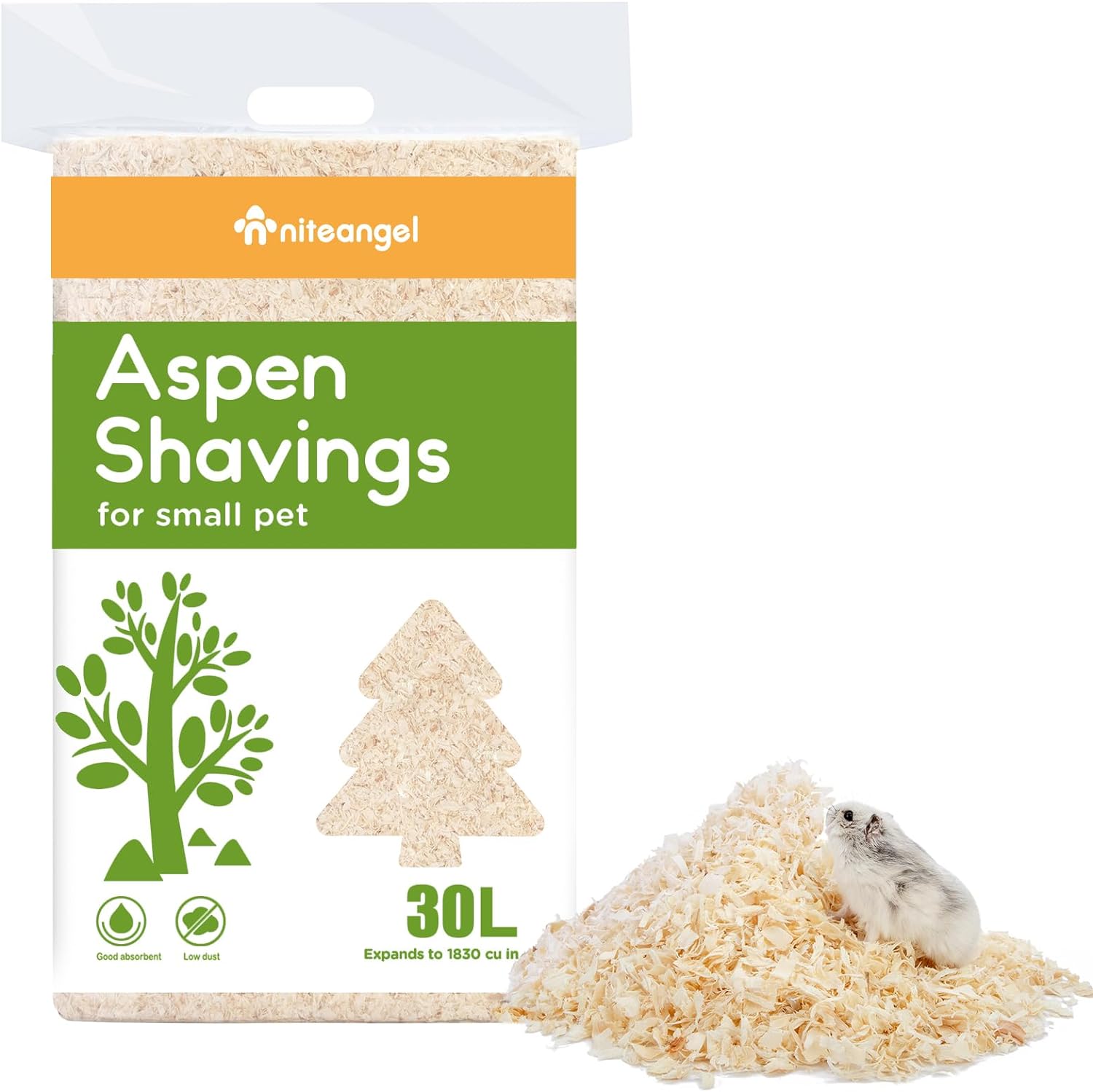
Best for additional comfort
Since they are made from hardwood, aspen shavings are deemed to be safe for rabbits and there are many benefits to using them, not least the fact they contain no additives and are good at soaking up moisture. This bag from Niteangel contains kiln-dried shavings which are recyclable and compostable. The manufacturer says it should be mixed with Timothy hay for optimal effectiveness so that is worth bearing in mind.
Buyers tend to love its softness. You may need to go for a larger bag for a rabbit, though, to ensure good cage coverage and since you’re likely to be combining it with another type of litter, it could prove an expensive option. Even so, it’s dust-free, has a natural smell and it’s easy to scoop up soiled areas. Just as importantly, it’s really comfortable. Rabbits love it.
Reasons to buy: Soft and safe, a layer of aspen shavings in a litter box will provide great comfort.
Reasons to avoid: Some buyers report that the shaving can stick to items in an enclosure but it’s easily solved.
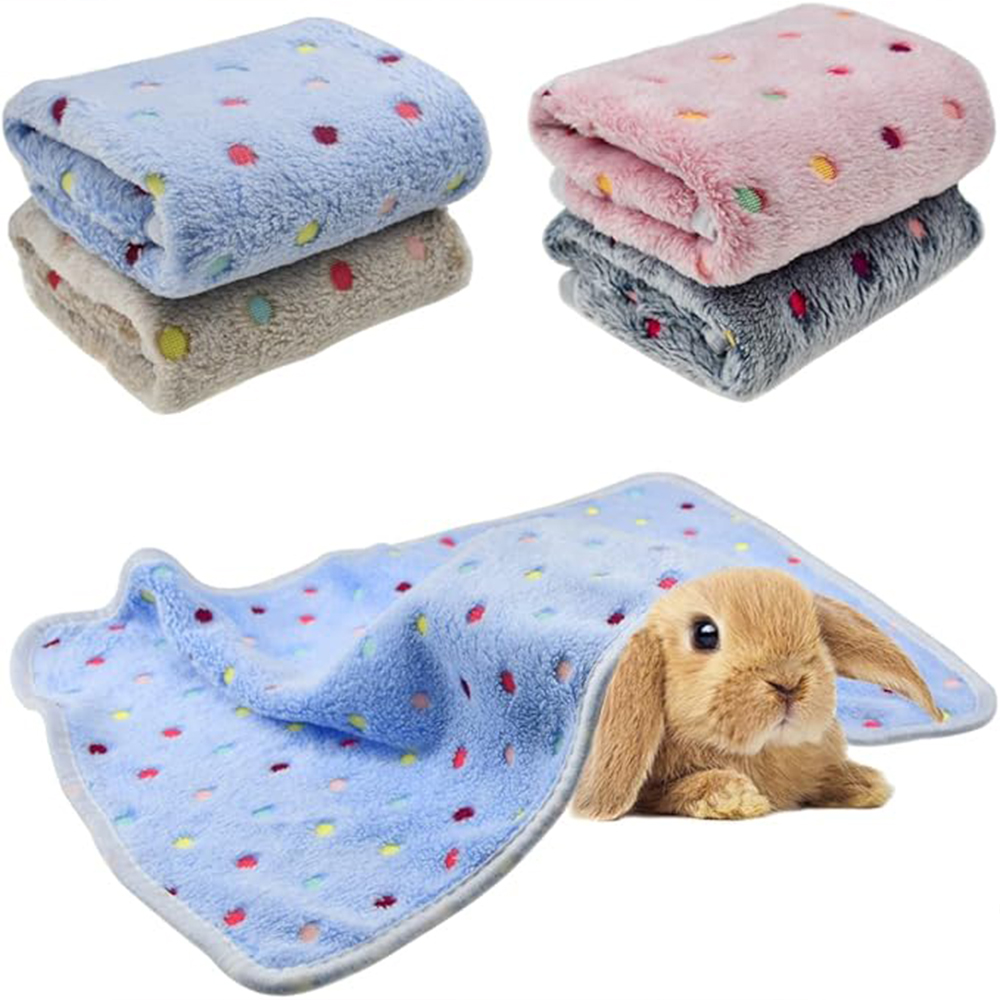
Best for ease of use
Blankets are a convenient bedding. You just lay them down in the enclosure and, when they become dirty, simply take them out and pop them in the washing machine. To that end, you’d be looking for a blanket that is big enough and easy to wash. To that end, this colorful set from CooShou certainly fits the bill. The blanket dimensions are 30 x 20 inches and they can be machine as well as hand washed.
You get four soft, plush blankets in total made from a 60% cotton/40% polyester fleece material that doesn’t easily pile or shed making it safer for your rabbit to use – you don’t want bunnies eating loose material. Since they’re relatively thick, they will provide lots of warmth and comfort, and, according to buyers, it’ll also allow rabbits to nuzzle and burrow if they wish to.
Reasons to buy: Sufficiently large, super comfortable and nicely designed.
Reasons to avoid: Bunny blankets don’t tend to provide as much warmth as traditional bedding.
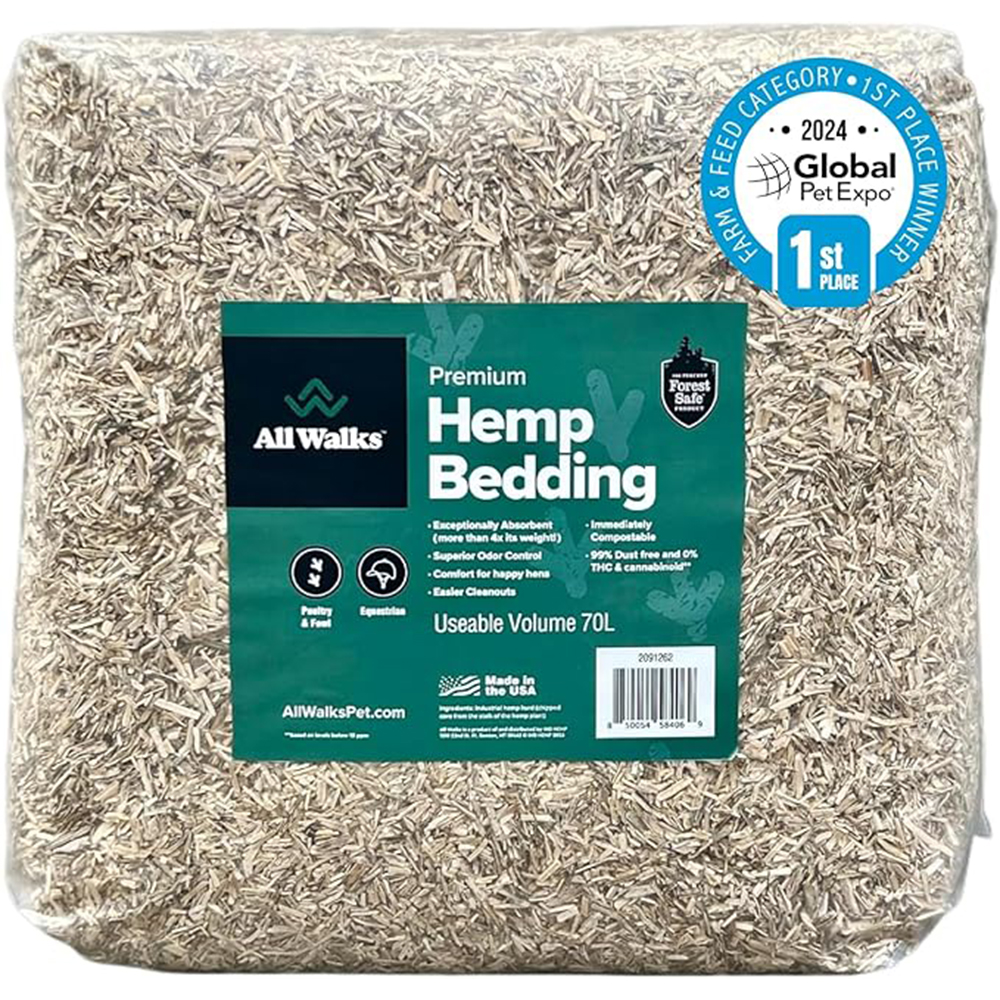
Best for the environment
Made in the US from 100% naturally grown hemp, this pet bedding is herbicide and pesticide free and it’ll not only provide an abundance of comfort for your rabbit, it will also prove to be very safe too. Capable of absorbing four times its own weight and immediately compostable, it’s 99% dust free. It’s also good to know that it doesn’t contain Delta-9 tetrahydrocannabinol – the compound found in the cannabis plant. The hemp has been chipped from the stalk of the hemp plant.
The company is also keen to stress its eco-credentials, pointing to hemp’s reputation as a self-offsetting crop that is mega-effective at absorbing and locking up carbon. What’s more, it’s 100% biodegradable and you can compost it. You should also find that it’s great at absorbing rabbit waste and helps to control odor. It’s a great alternative to other types of bedding.
Reasons to buy: It’s absorbent, comfortable and very kind on the environment
Reasons to avoid: It can be dusty and the larger bags are rather expensive
How we compared the best bedding for rabbits
First of all, we took expert advice from Dr Rebecca MacMillan, a companion animal vet. She explained why rabbits need bedding.
“Bedding allows rabbits to feel cozy and secure,” she said. “Most rabbits like to build a nest as well as burrow and dig in their bedding, which provides good stimulation. Bedding also helps to absorb moisture, keeping your rabbit clean and dry.”
Bearing in mind that outdoor rabbits also need warmth, we considered:
Comfort: Is the material going to kind to a rabbit’s fur and skin and would it help a bunny to remain warm at night or during cold winter months?
Cleanliness: How often would the bedding need changing and would that be an easy process? Would the bedding absorb most mess and control odor?
The environment: Is the bedding sustainably-sourced and can it be safely disposed of, ideally by being composted or recycled?
Should bedding always be used?
In general, yes. Bedding is great for indoor and outdoor rabbits, especially if they would otherwise be on a hard floor. Some experts would suggest you only place bedding in a litter box but if you maintain bedding well, there’s no reason it can’t be more widespread. If bunnies don’t like the bedding, they’ll likely move it out of the way anyway. But are there situations when bedding definitely shouldn’t be used?
“The only time that bedding may need to be avoided is if your rabbit is recovering from surgery,” advises Dr Rebecca MacMillan. “Your vet may suggest avoiding things that irritate or accidentally get stuck to the wound during this time (like straw), but they would usually still advise ensuring your rabbit has something else soft to lie on.”
What is the best material to use for bedding?
A blanket is absolutely fine for bedding if you want your rabbit to be able to play around but it’s not going to offer some of the extra properties of more traditional bedding: it won’t, for example, control odor and it won’t be as effective an insulator as some other alternatives. You’ll also find that you’re throwing blankets into the washing machines and there’s a cost to that, both monetary and environmentally.
As such, you’re better opting for aspen shavings, paper, hay and straw and using blankets as a supplementary bedding, perhaps if your rabbit is out of the enclosure.
“It is best to use a material that your rabbit can dig around in and arrange how they see fit,” says Dr Rebecca MacMillan. “Dust-extracted straw is good for this. Shredded paper could also be used for this purpose if it doesn’t contain any ink print that could be toxic.”
What material should be avoided?
There are some pitfalls to certain bedding material – in some cases, the wrong choice could cause health issues, which is why your choice matters. Dust is generally a big problem.
“It is best to choose straw that has been dust-extracted as this will reduce the risk of causing respiratory issues in your pet,” says Dr Rebecca MacMillan. “Straw that is purchased straight from a farm may be cheaper, but it is unlikely to have been treated and could also contain other things such as fungal spores. The straw you pick should also be soft (to reduce the risk of eye injuries) and sweet-smelling.”
What do vets recommend?
According to Dr Rebecca MacMillan, you should consider all available choices.
“Another option is to purchase a rabbit nest or plush bed for them to lie on,” she says. “If you are choosing something like this, ensure it is machine washable and check it regularly for any damage.”
But ultimately, you need to consider how your rabbit behaves and buy bedding that is most likely to satisfy their desires. “You should provide your rabbit with other bedding materials and litter in their enclosure so that they can carry out natural behaviors such as digging and nest building,” she says.
You may also want to read our guide to the best litter for rabbits.

Rebecca is a vet surgeon who graduated from the Royal Veterinary College in 2009. She has a wealth of experience in first opinion small animal practice, having done a mixture of day-to-day routine work, on-call emergency duties and managerial roles over the years. She enjoys medicine in particular and she is proud to have recently achieved a BSAVA postgraduate certificate in small animal medicine (with commendation). She writes on various feline and canine topics, including behavior, nutrition, and health. Outside of work and writing she enjoys walking her own dog, spending time with her young family and baking!
Get the best advice, tips and top tech for your beloved Pets

David Crookes has been a journalist for almost 30 years and he has written for a host of magazines, newspapers, websites and books including the World of Animals Annual, BBC Earth, Live Science, The Independent and Tom’s Guide.
Born in England, he lives with two cats but he’s also keenly interested in the differences between the huge number of dog breeds – in fact, you can read many of his breed guides that he’s written in collaboration with vets here on PetsRadar.
With a lifelong passion for technology, too, he’s always on the lookout for useful devices that will allow people to keep their pets happier and healthier, and provide them more time to spend together.
David has a degree from Durham University, as well as postgraduate diploma in journalism from the University of Central Lancashire.
